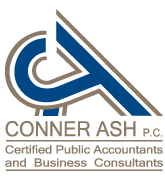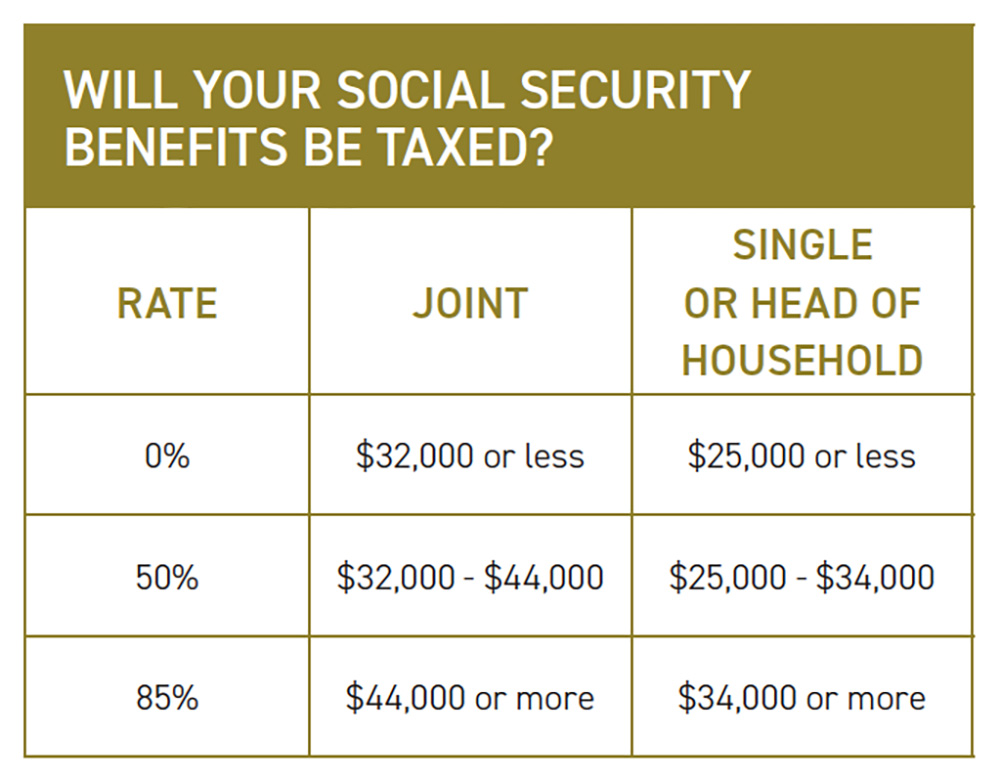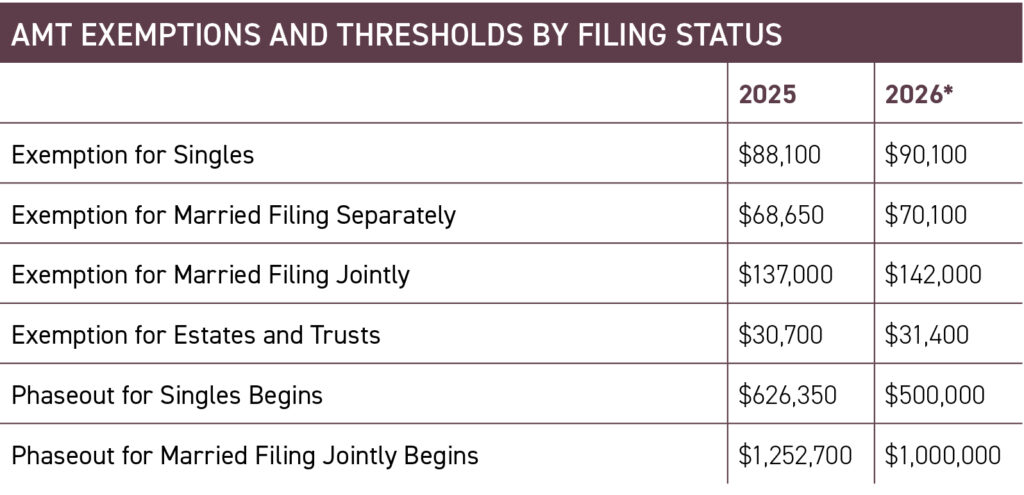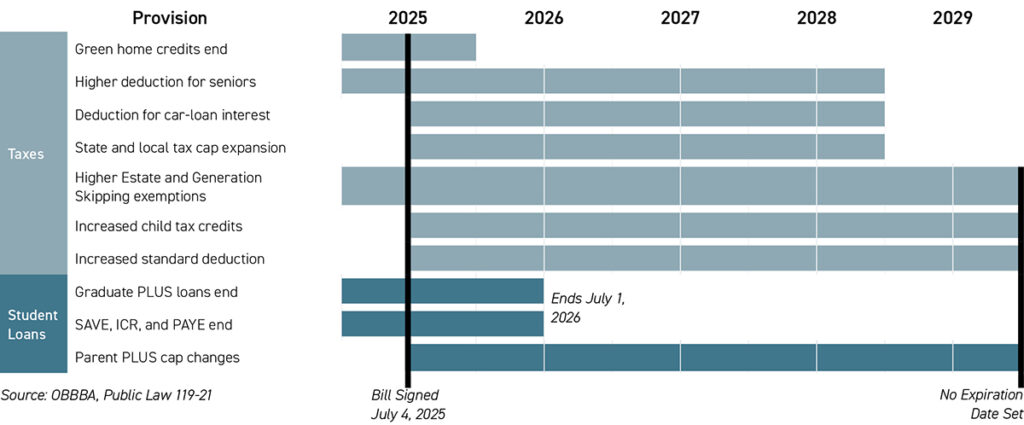
Teaching children about finances isn’t just about numbers and assets; it’s about equipping them with the skills they’ll need to manage wealth responsibly. To foster a productive learning environment, separate financial education from discussions about assets and investments.
EASY DOES IT
Begin with broad, non-financial topics. Covering subjects like cybersecurity or financial etiquette allows everyone to engage, regardless of their financial knowledge. Starting with foundational concepts can nurture curiosity and spark interest among family members, even those who might feel intimidated.
MEANINGFUL DIALOGUE
These conversations are opportunities to reinforce your family’s historic values. Framing your discussions through a contemporary lens can cultivate a shared vision to guide the family’s financial philosophy moving forward. Storytelling is a powerful tool. Share experiences that highlight the values behind wealth. Maybe it’s a story about a family member who built a business from scratch or times when money was tight, and the lessons learned from those moments. Anecdotes can make seemingly dry topics more relatable and meaningful.
START SMALL
Begin with a few interested family members and expand the conversation from there. The goal is to create a culture that views financial discussions as enriching rather than uncomfortable.







